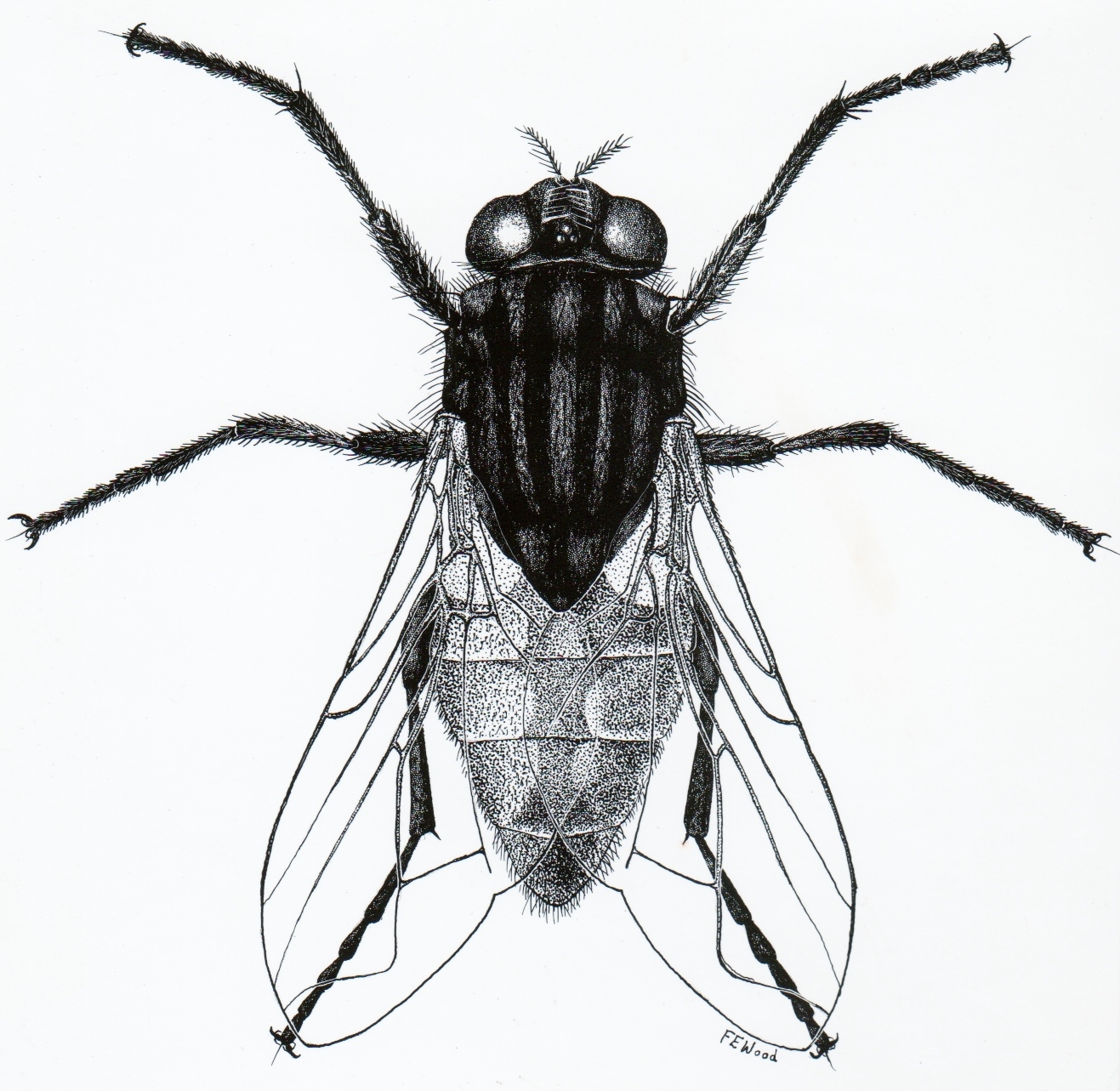How to draw a fly
Table of Contents
Table of Contents
If you’re an artist or someone who has always been interested in drawing, you may be wondering how to draw a house fly. These tiny, pesky insects can be quite difficult to capture on paper, but with the right techniques and a bit of patience, you can create a detailed and realistic drawing of a house fly that you’ll be proud to show off.
Pain Points
Drawing a house fly can be challenging because of its small size and intricate details. Even experienced artists may struggle to capture the fly’s wings, legs, and body in a way that looks realistic. Additionally, many people may not know where to start when it comes to drawing an insect, or may be unsure of the techniques and tools needed to create a convincing drawing.
How to Draw a House Fly
To begin your drawing of a house fly, start by sketching out the basic shape of the body. Use light, quick strokes to create a rough outline, and focus on getting the proportions right. Once you have the basic shape down, start adding the details, like the compound eyes, wings, and legs. Pay close attention to the patterns on the wings and the texture of the legs, which will give your drawing a more realistic look.
When it comes to tools, you’ll want to use a pencil with a good eraser and paper that is thick enough to withstand repeated erasing and smudging. You may also want to use a reference photo or drawing for guidance as you work, particularly if you’re new to drawing insects.
Main Points
In summary, to draw a house fly, start with a rough outline of the body and then add in the details like the wings, legs, and compound eyes. Pay attention to the patterns and texture of these features. Use a good pencil with an eraser and reference photos if needed. With practice and patience, you’ll be able to create a detailed and realistic drawing of a house fly.
Techniques for Drawing a House Fly
When I first tried to draw a house fly, I was intimidated by the tiny details and the difficulty of creating a convincing fly. However, I found that using shading techniques and paying close attention to the texture of the fly’s wings and legs helped me to create a more realistic looking drawing.
To create a sense of depth and shading, try hatching or cross-hatching to add shadows and highlights to the fly’s body. You can also use a blending tool like a tortillon or a tissue to smooth out any rough patches or smudges.
Another technique that can be helpful when drawing a house fly is to use a grid system to map out the proportions and placement of the features. This can be particularly useful if you’re struggling with getting the fly’s legs or wings to look natural.
Detailed Explanation
To draw a house fly, begin with a rough sketch of the body shape. Pay close attention to the proportions, as the house fly’s body is quite small compared to its wings and legs. Once you have a basic outline, start adding in the details, focusing on the texture and patterns of the wings and legs.
Use shading techniques like hatching or cross-hatching to create a sense of depth and texture. Pay attention to the shadows and highlights on the fly’s body, and use a blending tool to smooth out any rough patches or smudges.
If you’re struggling with getting the proportions right, try using a grid system to help you map out the placement of the features. Divide your paper into a grid and use a reference photo or drawing to guide your sketching.
Tips for Drawing a House Fly
One tip that can be helpful when drawing a house fly is to use a light touch with your pencil, particularly when sketching the details like the wings and legs. This will make it easier to erase any mistakes and create a more natural-looking drawing.
Another tip is to use a variety of pencil strokes to create texture and depth. Try using short, quick strokes to mimic the texture of the fly’s legs or long, sweeping strokes to create the appearance of its wings in motion.
Personal Experience with Drawing a House Fly
When I first attempted to draw a house fly, I was surprised by how challenging it was. I struggled to create a convincing fly with all the intricate details and textures that make it look realistic.
However, with practice and patience, I found that I was able to improve my technique and create more detailed and lifelike drawings of house flies. In particular, I found that shading and attention to texture were the most important factors in creating a convincing drawing.
Common Questions about How to Draw a House Fly
Q: What should I use to draw a house fly?
A: To draw a house fly, you’ll want to use a good pencil with an eraser and paper that is thick enough to withstand repeated erasing and smudging. You may also want to use a reference photo or drawing for guidance.
Q: How can I get the proportions right when drawing a house fly?
A: One technique that can be helpful is to use a grid system to map out the proportions and placement of the features. Divide your paper into a grid and use a reference photo or drawing to guide your sketching.
Q: What are the most important details to focus on when drawing a house fly?
A: The texture and patterns of the wings and legs are particularly important when drawing a house fly, as they can make or break the realism of the drawing. Pay close attention to the shadows and highlights on the fly’s body, and use shading techniques like hatching or cross-hatching to create depth and texture.
Q: What are some common mistakes to avoid when drawing a house fly?
A: One common mistake is to make the fly’s legs or wings too long, which can make it look unrealistic. Additionally, it’s easy to get lost in the details or to focus too much on one part of the fly, so be sure to step back and take a look at the drawing as a whole as you work.
Conclusion of How to Draw a House Fly
If you’re interested in drawing insects or just looking for a new challenge, drawing a house fly can be a fun and rewarding project. With the right techniques and tools, you can create a detailed and lifelike drawing that captures the unique characteristics of this pesky insect. Start with a rough sketch of the body, paying attention to the proportions and placement of the features. Then, add in the details like the wings and legs, focusing on texture and pattern. Use shading techniques to create a sense of depth and use a light touch with your pencil to make it easy to erase mistakes. With a bit of practice and patience, you’ll be able to create a beautiful drawing of a house fly that you can be proud of.
Gallery
How To Draw A Fly - Really Easy Drawing Tutorial

Photo Credit by: bing.com / flies housefly ahla 3alam insect pinclipart kindpng
How To Draw A Fly Easy Learn Drawing Step By Step With Draw Easy - YouTube

Photo Credit by: bing.com / draw fly drawing easy housefly step kids simple drawings learn
House Fly | Malvorlagen, Fliege, Insekten Tattoo

Photo Credit by: bing.com /
House Fly Drawing At PaintingValley.com | Explore Collection Of House

Photo Credit by: bing.com / house drawing fly draw simple step paintingvalley drawings easy
Flies - Insect Drawings

Photo Credit by: bing.com / fly house flies insect drawings housefly diptera






